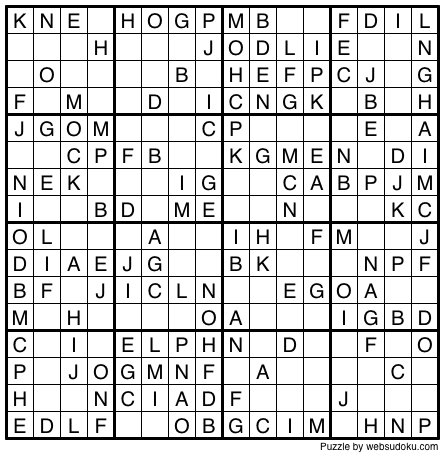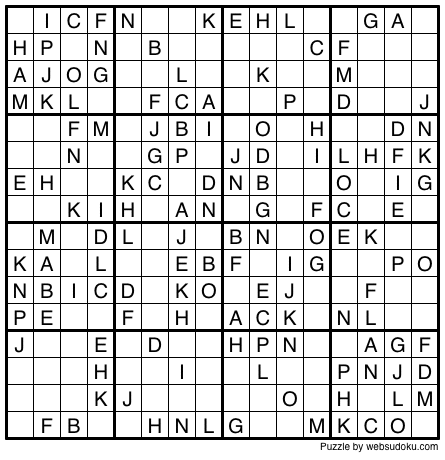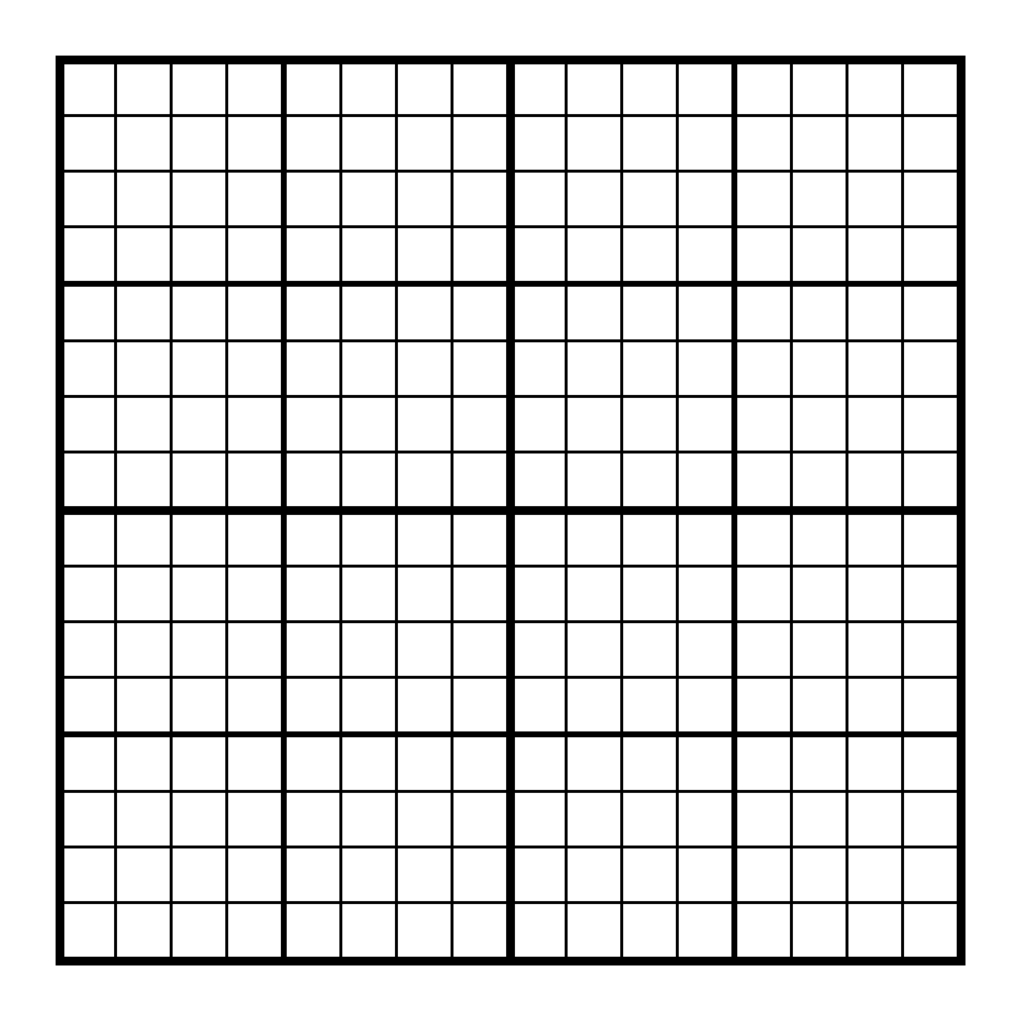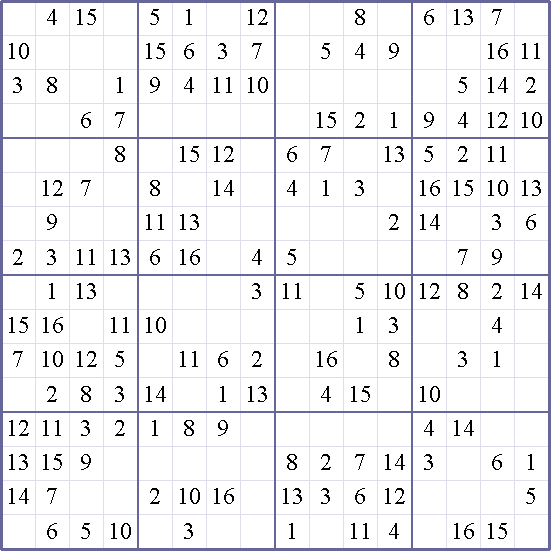
Then, Maki Kaji, President of a Japanese puzzle company, began publishing Number Place puzzles there but called them "Suji wa dokushin ni kagiru" which translates roughly as "the numbers must be single". In 1979, a puzzle maker (Howard Garnes) expanded the Latin Squares concept to create what was then called "Number Place". Each square is a table or grid in which a number or symbol appears only once in each row and column. Anyway, although sudoku puzzles were popularized in Japan, they're actually of European origin being similar to a mathematic concept called "Latin Squares". Sometimes puzzle is mispelled as "puzzel". And when translating into English, it has also been spelled either "su doku", "soduko", "sudoko", or "suduko". As in most languages, one sound can be associated with several meanings. Maybe it seems that way when a wrong number is selected. Although the sound "doku" may also mean, "poison" which would be interesting "poison number". Our Japanese friends tell us "sudoku" means something like "single number" referring to the solitary position of each number in the puzzle grid. Some may have entire rows or columns filled in which make it easy to figure out remaining empty blocks in a subsection.

It will be obvious in easy sudoku puzzles with many blocks already completed. Need help solving sudoku puzzles? Try these tips. Solutions can be generated online and printed if you need help or to check your progress. This site offers the following difficulty levels:Įasy, Medium, Hard, MENSA, Genius, Lex Luthor. The more squares that are known, the easier it is to figure out which numbers or letters go in the empty blocks.Īs you fill in blocks correctly, options for the remaining blocks reduces and it becomes easier to fill them in. Puzzle difficulty is largely a function of how many squares are filled in. With letters, each letter must be used but only one time in each row, column, and subsection.Įvery sudoku puzzle begins with some blocks already filled in.

The principles are the same whatever the size of the game and also when letters are used. Larger 16x16 sudoku puzzles must have numerals 1-16 in each row, column and subsection. The same constraints can be applied to puzzles of different sizes.įor example, 4x4 puzzles must have the numerals 1-4 in each row, column and 2x2 subsection. In a 9x9 sudoku puzzle using numbers, the following must contain all digits 1-9 in any order. There are three very simple constraints to follow. Rules for solving sudoku puzzles are simple.Ĭomplete each blank square in a puzzle with the correct number. If you like our 16x16 Sudoku Puzzles, remember to add us to your online bookmarks, mention us on Facebook, or give us a Tweet by clicking one of the buttons to the left.
#16x16 printable sudoku free#
Free reproductionĪll chaos 16x16 puzzles offered on this site are created by and these puzzles can be reproduced free on condition that the link to the web site appears on every reproduced page.16x16 sudoku puzzles add another dimension of difficulty as they are one size larger than the standard size. See: 16X16 JIGSAW SUDOKU and the link Print puzzles. The peculiarities and characteristics of the chaos hexadoku puzzles of the site are the same as those of the irregular hexadoku puzzles.
#16x16 printable sudoku pdf#
You can select pdf in white, gray, hatched or colored. Our chaos hexadoku are downloadable through the menu 16X16 CHAOS SUDOKU and the link Download pdf.
#16x16 printable sudoku download#
If chaos hexadoku printing is a problem, you can download them as a PDF and then print them. Javascript is required to print our chaos hexadoku. The site offers 6,000 puzzles presented with two shapes and three levels. Hexadecimal is particularly useful in data processing because it makes it easy to translate numbers into binary. This base uses Arabic numerals to represent the 0-9 values and the letters A-F for the other six. The hexadecimal system is a digital system with a 16-digit base. To reduce the size of the puzzles and to facilitate the entry of values, the numbers are represented here by the following hexadecimal characters: 0, 1, 2, 3, 4, 5, 6, 7, 8, 9, A, B, C, D, E and F.


Except that here the 16 regions are much more entangled in each other. The principles are the same as those of irregular hexadoku. You must find 16 different digits per line, column and zone. The rules are similar to those of a classic sudoku. These puzzles are composed of 16 irregular regions of 16 squares. Our chaos hexadoku are 16x16 sudoku puzzles.


 0 kommentar(er)
0 kommentar(er)
